Best of India Tours
- Golden Triangle Tour- Best of India & Nepal
- Classical Rajasthan
India Cultural Tours
- Images of North India- Karnataka Heritage
- Rajasthan & Goa Tour
Discover India Tours
- Grand India Tour- North to South India
- Central to South India
Rajasthan Tours
- Classical Rajasthan Tour- Golden Triangle Tour
- Grand Mughal Tour
India Luxury Trains
- Palace on Wheels- The Golden Chariot
- India Deccan Odyssey
- The Indian Maharaja
- Royal Rajasthan on Wheels
Nepal Tours
- Glimpses of Nepal- Buddhist Pilgrimage
- Nepal River Rafting
- Destinations of Nepal
- Nepal General Info
India Wildlife Tours
- North India Wild Life- South India Wildlife
Tibet Tours
- Tibet Monastery Tours- Explore Tibet
- Destinations of Tibet
Spa & Yoga Tours
- Ananda in Himalayas- Yoga & Meditation
Adventure Tours
- Manali Safari Tour- Himalayan Trekking
- Horse Safari
Patna

It is difficult to believe that this dusty and crowded city could at any point of time have ruled the entire Indian subcontinent. This is, however, the truth and there are many interesting monuments here that remind you of the rich past of the city. The capital of Bihar, Patna is situated on the southern bank of the holy river Ganges. It is a typical tropical city in the northern Gangetic plains known for being the capital of mighty Magadh and Mauryan empires. The history of the city can be traced back to 2,500 years when it was founded on the confluence of rivers Ganga, Sone, Punpun, and Gandak.
by the Magadhan king Ajatshatru who named it Pataligram. In the days to come, the city got names such as Kusumpur, Pataliputra, and finally Patna. The glory of Patna started with Mauryan emperor Chandragupta who made Pataliputra his capital from where he ruled on entire Gangetic plains extending to modern Afghanistan in the west. The city reached it zenith during the reign of Emperor Ashoka, a follower of Buddhism and the first of the great kings of India. The city remained as the centre of power till the Gupta period after which it continued to languish for a long period. Revival came with Sher Shah’s accession to the seat of Delhi and the city became the capital of Bengal province. In the initial days of East India Company, Patna served as the warehouse for hugely profitable opium business with China.
Not much of the earlier glory can be seen but the recent excavations at Kumhrar has unearthed some interesting structures. Patna also serves as the main gateway to the renowned Buddhist sites such as Bodh Gaya, Nalanda, Rajgir, and Vaishali.
Sightseeing
Shershah Masjid was built when Sher Shah Suri, an Afghan chieftain, became the ruler of Delhi. It is a beautiful Masjid built in pure Afghani style. Kumhrar is the place where excavations have unearthed some parts of the Mauryan city of Pataliputra. Har Mandir Temple is the second most important pilgrimage for the Sikhs after the Golden Temple of Amritsar. Golghar, built originally as a granary by the British, is now one of the most popular tourist spots in the city. The Jalan Museum has some very good collection of silver and jade filigree work of the Mughal period. The Bihar Institute of Handicraft and Design is doing some pioneering work to revive old crafts of the state.
Excursions
Part of the famous Buddhist centre of East India, Patna is the base for many important places around. Bodhgaya is the most important Buddhist pilgrimage in the world where Lord Buddha attained enlightenment. Gaya is a famous Hindu pilgrimage and related to many legends in Hindu religious literature. Nalanda has the distinction of being the place which at one point of time was home to the largest university in the world. Vaishali is a place of historical as well as religious importance to the Buddhists as well as Jains. Sasaram was the home of Sher Shah. Related to all the three ancient religions of India, Hinduism, Buddhism, and Jainism, Rajgir can be considered as the little Jerusalem of India. Sonpur, situated on the confluence of Ganga and Gandak, hosts the largest cattle fair in Asia.
Excursions for Patna
Kumhrar
Remains of the architecture of the region during Mauryan times are impressive though not much could have been unearthed. According to the archaeologists, most of the structures built by Mauryans were in wood and they could not survive the high water concentration in the soil in this region. Some of the structures unearthed are remains of a large pillared assembly hall of the Mauryan times, a Buddhist monastery, parts of Anand Bihar, and some clay figures and wooden beams found at the site.
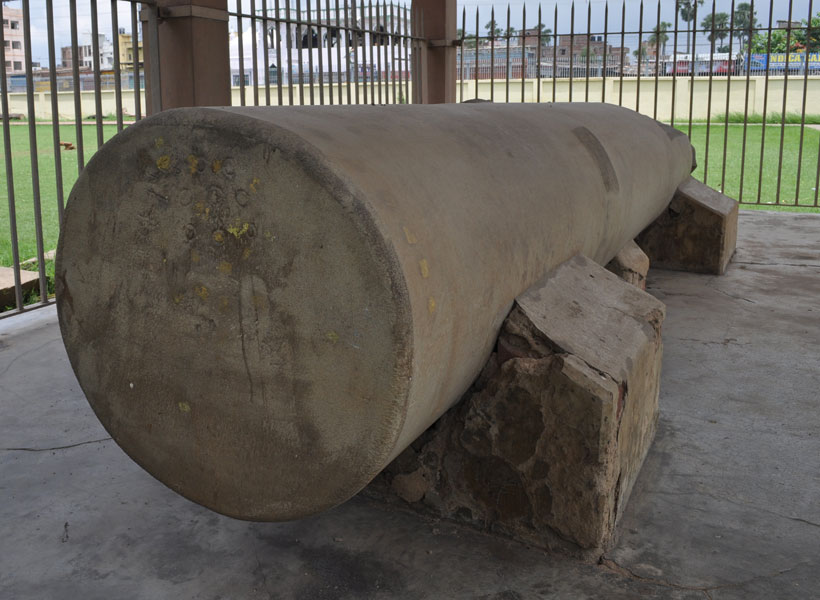
Har Mandir

The second-most important gurudwara in India, the Takht Harmandir was built by Guru Gobind Singh, the 10th guru of the Sikhs. The gurudwara built in white marble with kiosks on the terraces consecrates the birthplace of Guru Gobind Singh. is an important Gurudwara for the Sikhs. The Gurdwara is situated in the Chowk area of Patna City (the older part the city). The gurudwara is situated in the Chowk are of Patna city and has a museum on it\’s third floor.
Golghar
Built for the purpose of storing grains to be used in the times of famines, this round building was completed in 1786 though never used. The construction of Golghar was necessitated following famines like the one that took place in the region in 1770. The base of the building is 125 metres in width and the walls are 3.6 metres thick. There are stairs to go on to the top of the building that gives some beautiful views of the city and the river Ganga nearby.
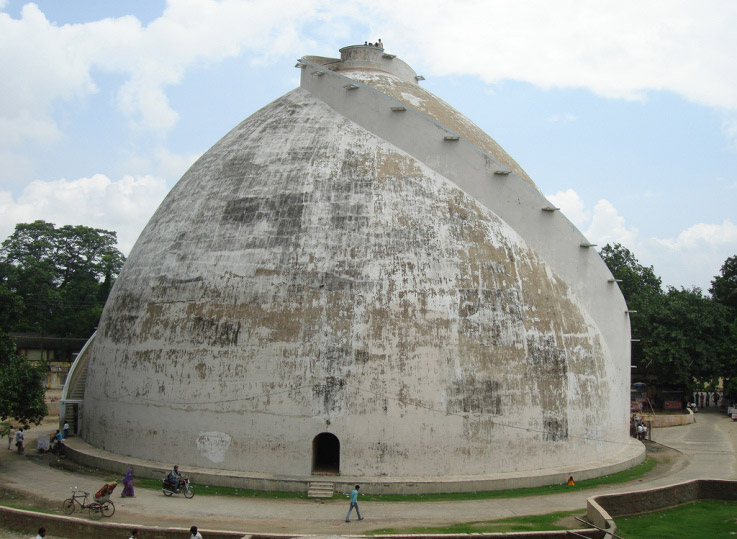
Jalan Museum

The museum is situated over the ruins of the Qila House, the site of Shershah\’s fort. It is a private collection containing Chinese paintings and an invaluable collection of silver and jade filigree work of the Mughal period.
Bihar Institute Of Handicraft & Design
Located in the Pataliputra Colony, the institute is trying to revive the old crafts and art of Bihar to modern use, especially Mithila paintings.
Bodhgaya
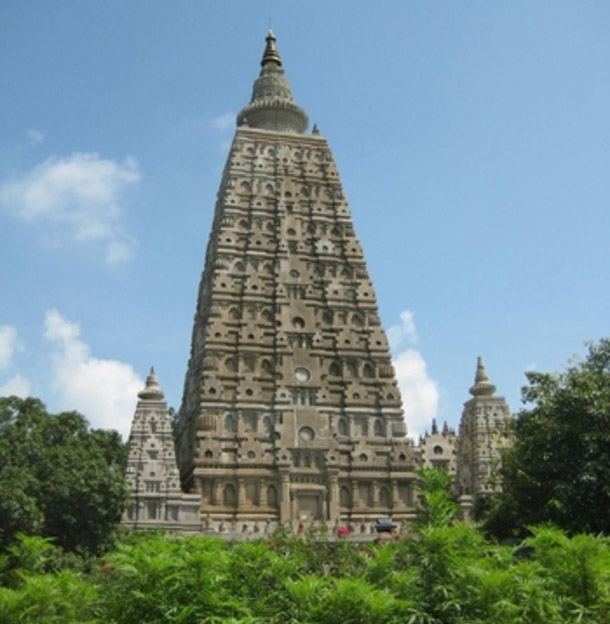
Located in the state of Bihar, Bodhgaya along with Sarnath and Kushinagar are the most sacred places for the Buddhists around the country. It is here in Bodhgaya that Buddha is supposed to have attained enlightenment under the Bodhi Tree. The tree from the original sapling still stands in the temple premises. The magnificent Mahabodhi temple stands adjacent to this bodhi tree. The temple stands on the site of the ancient temple erected by Ashoka in the Bodhgaya 3rd century BC. The inscriptions here describe the visits of pilgrims from Sri Lanka, Myanmar and China between 7th and 10th century AD.
Gaya
Located in the Central Bihar at a distance of around 112 km south of Patna, Gaya is one of the holiest Hindu cities. The main tourist attraction here is the Vishnupad (Vishnu footprints) Temple, built by Rani Ahilya Bai of Indore in the 18th century.
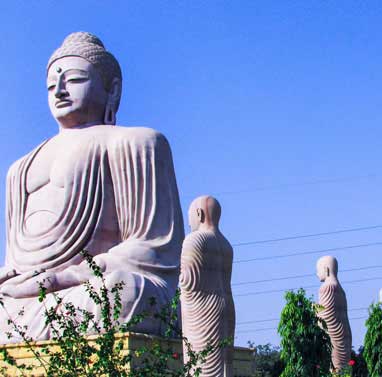
Nalanda
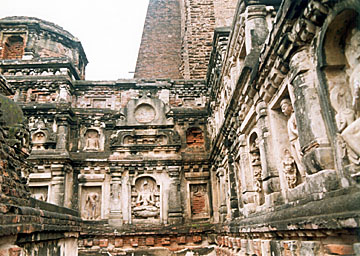
Situated at around 90 km off Patna, Nalanda was one of the greatest centres of Buddhist learning in ancient times. Today, it is a small village, but the archaeological excavations have unearthed a great part of most important centre of Buddhist learning in the world. Important attractions are the ruins of the Nalanda University, the Hiuen Tsang Memorial Hall, the Surya Mandir, the Nalanda museum, and the Nav Nalanda Vihar.
Rajgir
At a distance of 102 km off Patna, Rajgir is a well-known pilgrimage of Hinduism, Buddhism, and Jainism alike. Before Patna, Rajgir or Rajgriha (as it was known earlier) was the capital of Magadh. The major centres of interest are the Swarna Gufa, Griddhakuta Parvat, hot springs, and Vishwa Shanti Stupa.
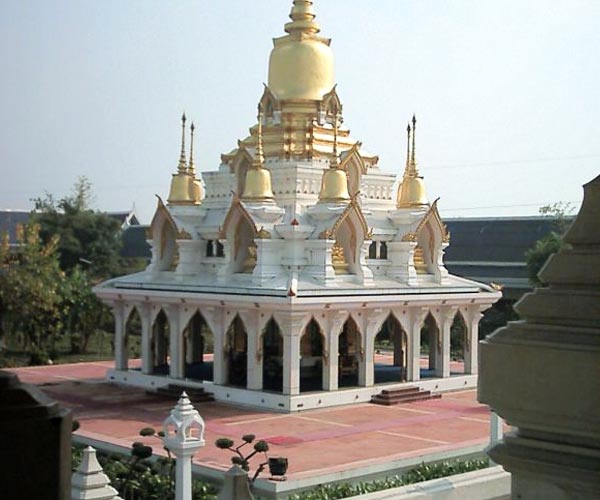
Sasaram
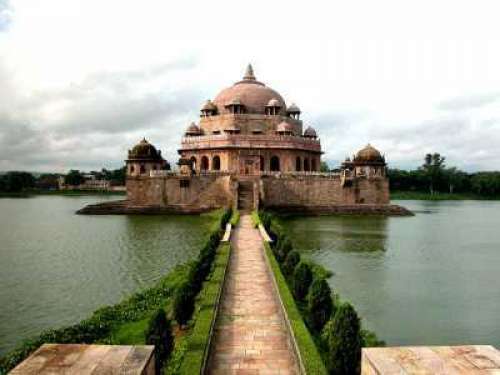
Known for the extraordinarily beautiful mausoleum of Sher Shah, Sasaram is located around 148 km from Patna. The mausoleum is located in a beautiful lake and looks like a floating structure.
Sonpur
Venue to the largest cattle fair in Asia, Sonpur is located just 25 km from Patna. The trip from Patna is easy and if you are visiting the city in the month of November, don’t miss the fair. People from all over the country flock here to sell their livestock. A visit to the temple of Hariharnath after bathing on the confluence of Ganga and Gandak here is considered auspicious.

Vaishali
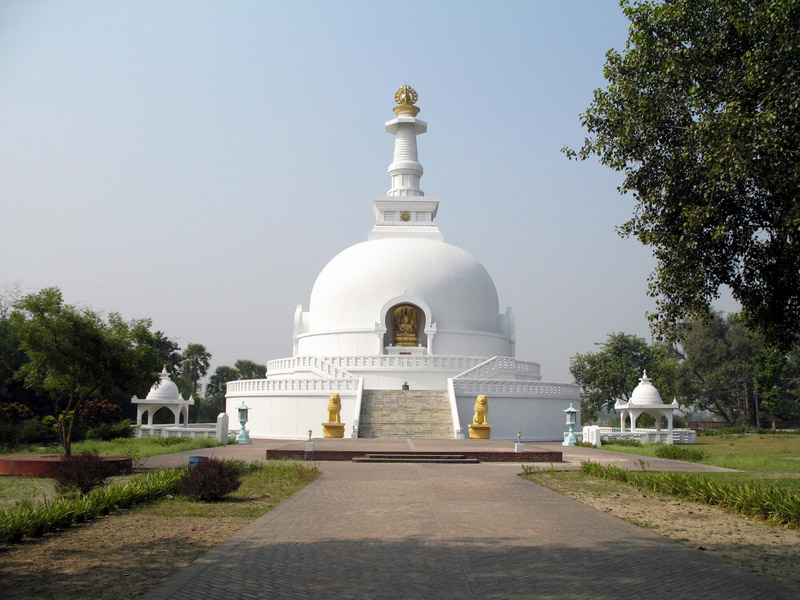
A place holy to Buddhists as well as Jains, Vaishali is located around 55 km from Patna. The place derives its name from King Visala of Ramayana. The place has the distinction of being the capital of one of the first republics in the world run by the Lichchavis. This is the same place where Lord Buddha preached his last sermon and announced his approaching Nirvana. Lord Mahavira, the 24th Jain Tirthankara, was born here in Kundligrama (Vaishali) in 599 B.C. The main attraction is the newly built Vishwa Shanti Stupa, the Ashokan pillars, and a host of other structures related to Buddhism and Jainism.
Fact File
 Area: 107.08 sq. km
Area: 107.08 sq. km
 Population:956,717
Population:956,717
 Altitude: 53 metres above the sea level
Altitude: 53 metres above the sea level
 Best Time to Visit: October-March
Best Time to Visit: October-March
 Languages:Hindi, English
Languages:Hindi, English
 STD Code: 0612
STD Code: 0612




